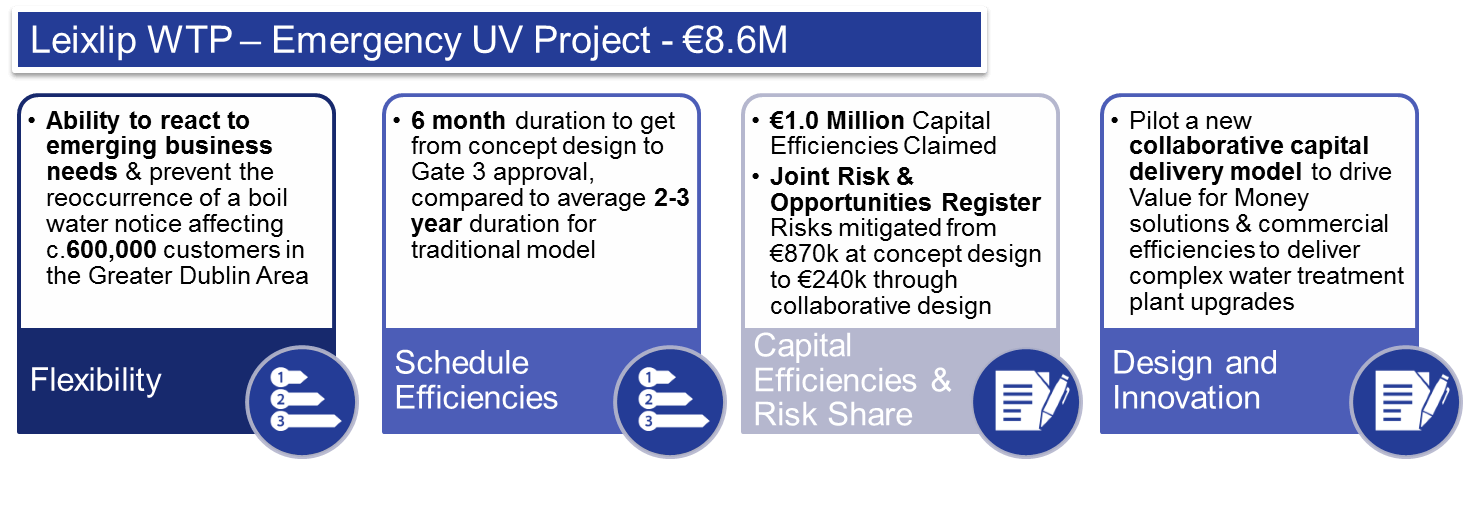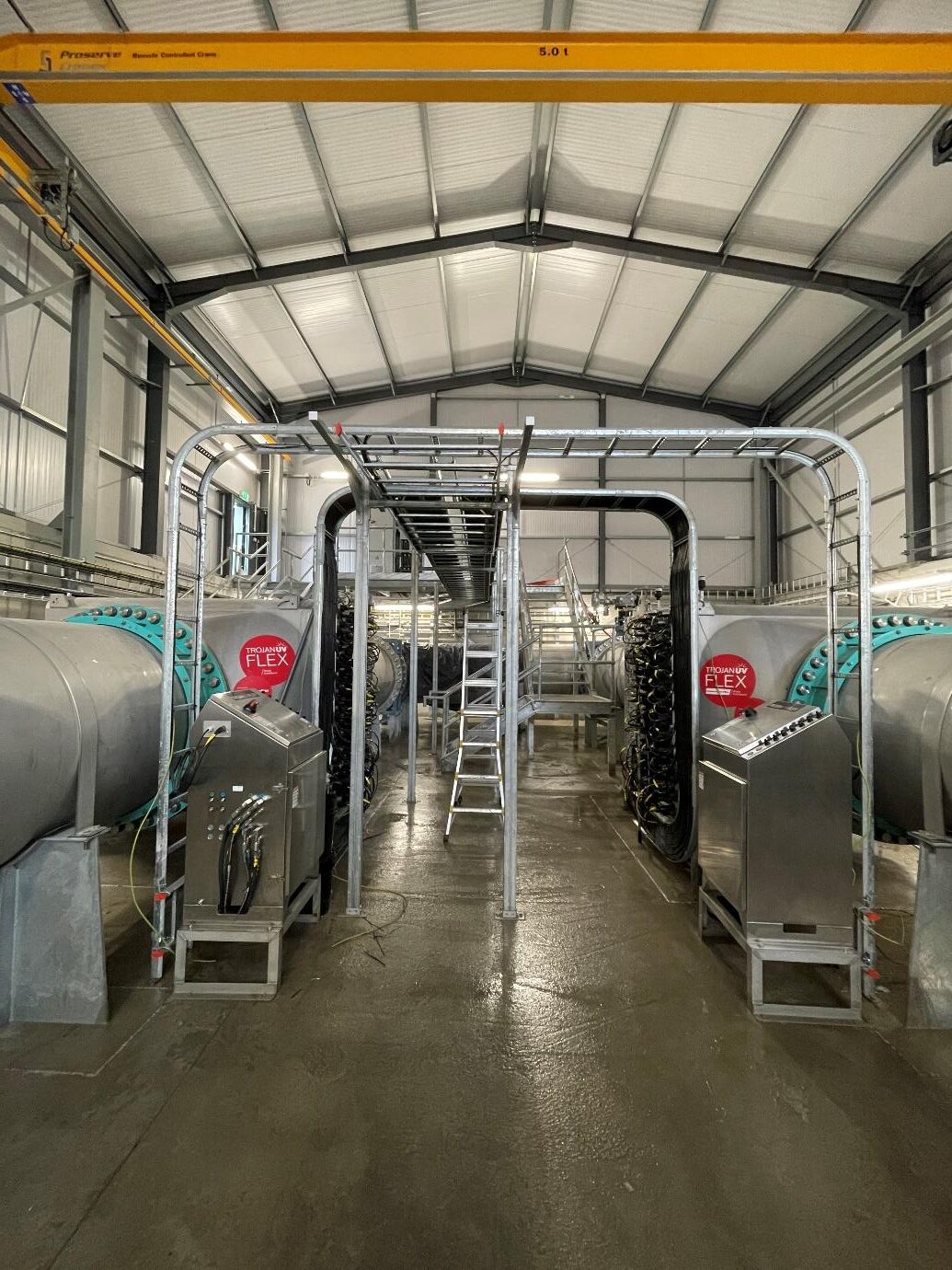
ECI Lot 1A – Leixlip WTP Emergency UV Upgrade
Key Information
Project Value €/£
€8.6 Million
Client
IW
Duration
18 months
Location
Kildare
Sector
Water
Project Savings & Stats
Project Duration
Ahead of time using the ECI Platform allowing for:
- Flexibility
- Scheduled Efficiencies
- Capital Efficiencies and risk Share
- Design & innovation
Cost Savings
Significant Early / Advanced Procurement, Collaboration with design. Which resulted in a short programme duration
Social Benefits
600,000 people received a secure and safe drinking water following at upgrade
Any significant savings/efficiencies
Delivered in an 18 Month duration, from the initial emergency (boil water notice) to mobilisation to site, following design and early procurement within a 6 month period.
Sector
Water
Project Overview
Leixlip Water Treatment Plant is the second biggest Water Treatment Plant (WTP) in Ireland. It abstracts water from the River Liffey at Leixlip, supplying over 600,000 people across the greater Dublin area. The treatment at the WTP prior to upgrade consisted of screening, coagulation, flocculation, clarification, rapid gravity filtration, chlorination and fluoridation.
As widely communicated in the national media, Leixlip WTP was subject to a number of high-profile Boil Water Notices (BWN) in October and November 2019. These BWN’s were imposed due to the asset deficiencies and the WTP’s performance in treating reduced raw water quality in the River Liffey.
Irish Water (IW) and Fingal County Council (FCC), in consultation with the Environmental Protection Agency (EPA), developed the project scope for a long-term solution to address the asset needs at Leixlip WTP. An Ultraviolet (UV) Disinfection upgrade was required at Leixlip WTP to provide effective treatment and inactivation of protozoal pathogens, including Cryptosporidium and Giardia.
The upgrade works consisted of providing validated UV Reactors, including associated instrumentation, panels and pipework, within a bespoke in-situ concrete chamber covered with a steel portal frame, cladded structure and integrating it into the existing WTP operation.
Our Approach
Through an accelerated delivery programme, the Project Team had to overcome considerable obstacles in order to proceed from project inception through to detailed design, construction and handover. Albeit difficult, such challenges also presented opportunities to display innovative methods of project delivery, all construction activities were carried out with the added restrictions imposed due to the Covid-19 pandemic.
Given the size, complexity and national importance of Leixlip WTP, network shutdowns are restricted to a maximum of 8 hours and require considerable advanced notice and coordinated planning. Alongside space constraints, this made assessing the initial feasibility and integration of the design challenging. To ensure that the UV building could be constructed, without impacting the existing WTP operations, a desk study was undertaken to assess if the required flow-rate of 6,500 m3/hr of treated water flow could be temporarily bypassed upstream of the proposed UV building. A solution was identified whereby flow could be diverted through an unused 1400 mm water main. This allowed for the safe excavation of chosen area and construction of an extensive cofferdam without impacting existing operations.
Considering the urgency, the delivery programme was critical to the project’s success. IW opted to utilise an innovative Early Contractor Involvement (ECI) contracting model and engaged Glanua Ltd. (GAL) to realise efficiencies at an early design stage. Within 6 months of project inception, design works progressed enabling advanced procurement of the specialist UV Reactors. In the weeks that followed, the final design and associated target cost was collaboratively agreed. The ECI approach lended flexibility and enabled increased collaboration between all delivery partners; resulting in significant schedule efficiencies, in addition to reduced whole-life cost for the project.

The construction and commissioning phases were delivered in 8 months, unprecedented for a project of this scale and complexity.
Construction delivery was based on finish to start task principles, predominantly due to space constraints. As such, developing a construction programme in line with the project requirements was a distinct challenge. Amidst a global pandemic, new digital technologies employed by the Project Team offered practical ways to effectively collaborate, communicate and enhance their design and construction capabilities. The Project Team utilised a digital platform to review and optimise the delivery programme, identifying potential blockers/delays and develop risk mitigation plans, all of which assisted in achieving the original target commissioning date.
Due to the imminent risk to the public water supply, and the need for an urgent engineering solution to allow for the adequate treatment of the water the ECI delivery platform was chose and this allowed for collaborative working, in addition it allows engineering staff to develop innovative and sustainable solutions. The opportunity to design and deliver, safely, ahead of programme and within budget was increased, due to the combined efforts of all stakeholders involved in the project.
Construction delivery was based on finish to start task principles, predominantly due to space constraints. As such, developing a construction programme in line with the project requirements was a distinct challenge. Amidst a global pandemic, new digital technologies employed by the Project Team offered practical ways to effectively collaborate, communicate and enhance their design and construction capabilities. The Project Team utilised a digital platform to review and optimise the delivery programme, identifying potential blockers/delays and develop risk mitigation plans, all of which assisted in achieving the original target commissioning date.
Due to the imminent risk to the public water supply, and the need for an urgent engineering solution to allow for the adequate treatment of the water the ECI delivery platform was selected and this allowed for collaborative working, in addition it allows engineering staff to develop innovative and sustainable solutions. The opportunity to design and deliver, safely, ahead of programme and within budget was increased, due to the combined efforts of all stakeholders involved in the project.
Much of the design initiatives, construction methods and the challenges that ensued were captured by the time-lapse camera that was in place for the duration of the project, all of which are now excellently illustrated on the resulting time-lapse video;
Using the ECI programme for contract delivery within six months, the project moved from concept design to target cost approval, which would have typically taken up to three years using a traditional construction model, as previously outlined.
Increased transparency and collaboration between Irish Water and the contractor resulted in effective risk mitigation and estimating certainty for the project, through collaborative design and upfront site investigation works.
This collaborative and open approach has shown that optimised Programme Delivery can be achieved through operational efficiencies from optimised labour and plant utilisation within the supply chain, along with reduction of duplicated roles and time spent on procurement and tendering.
